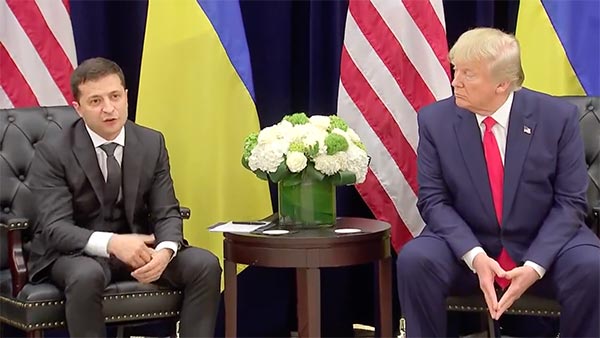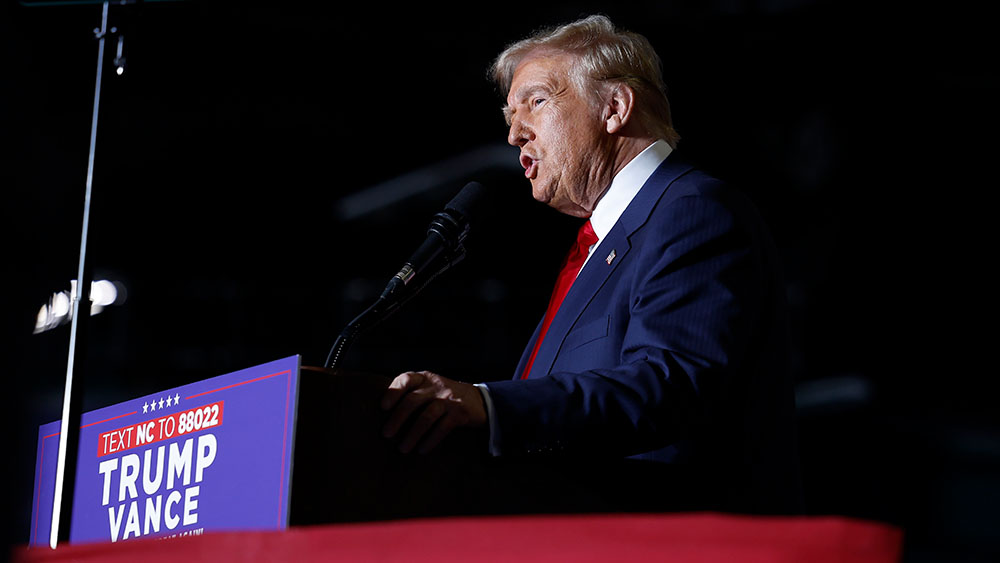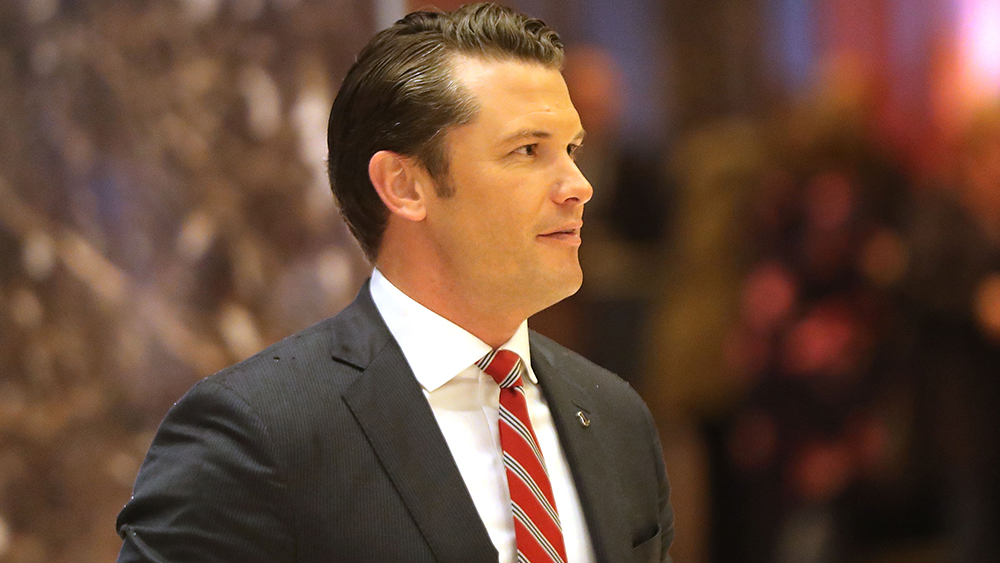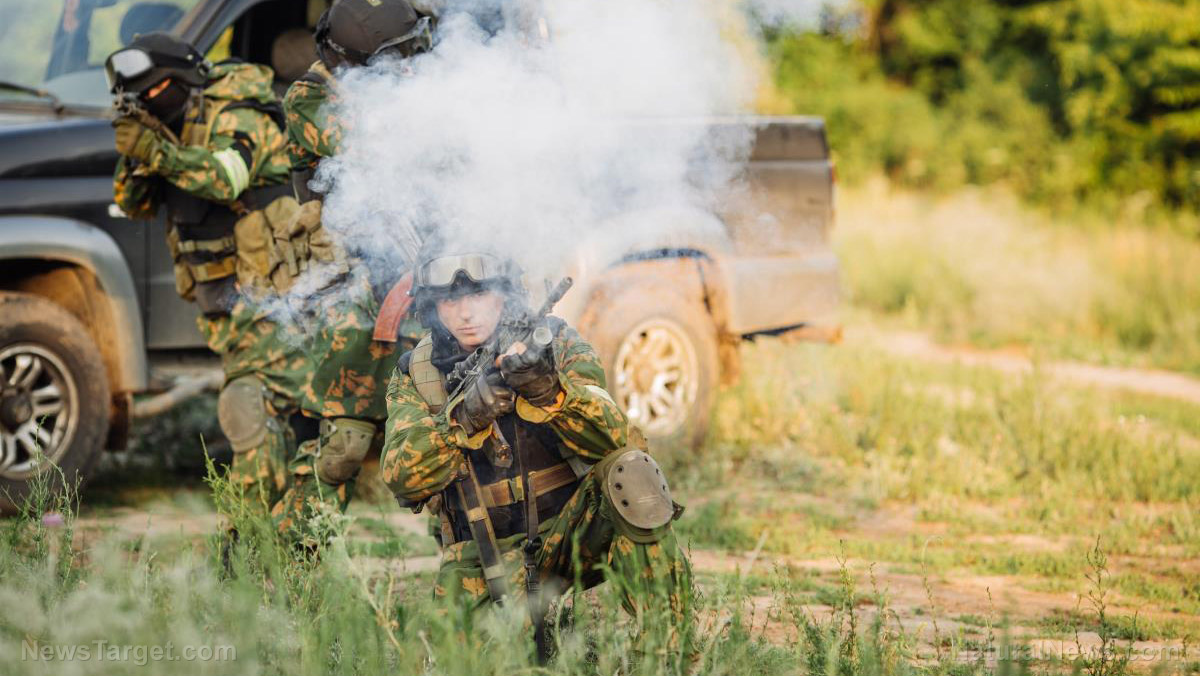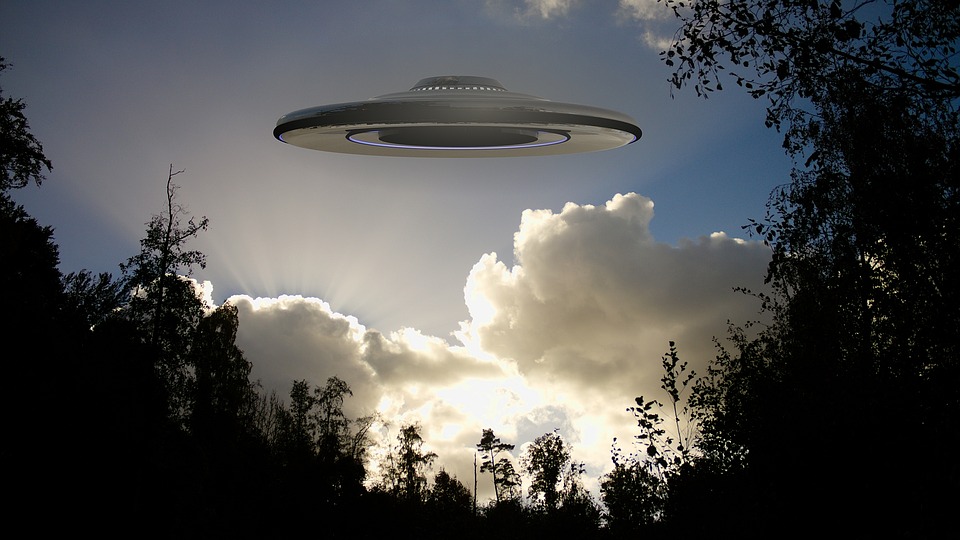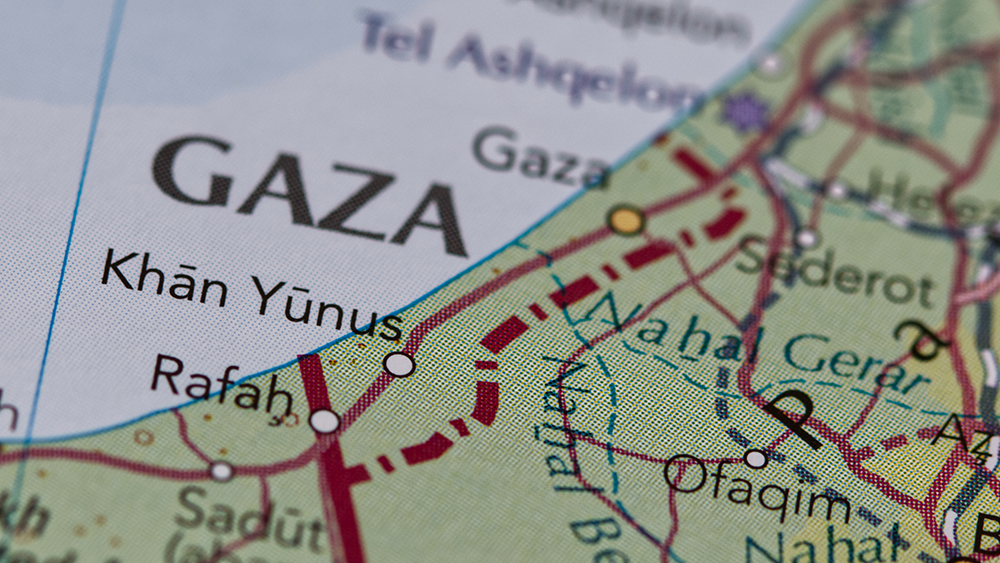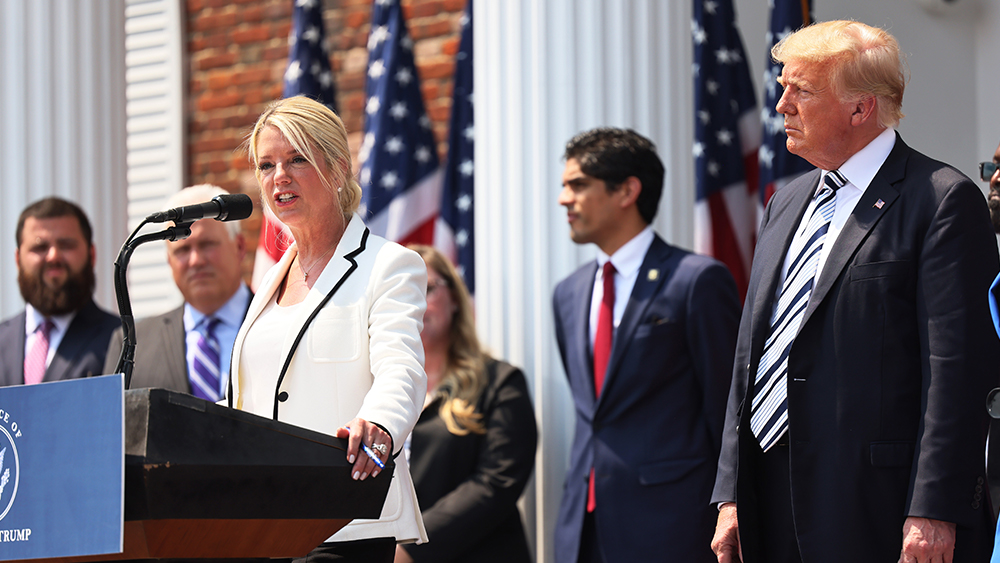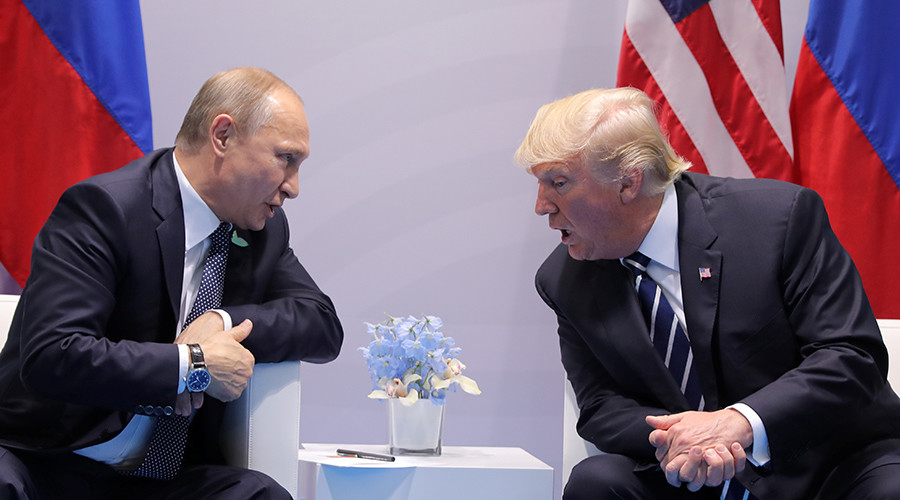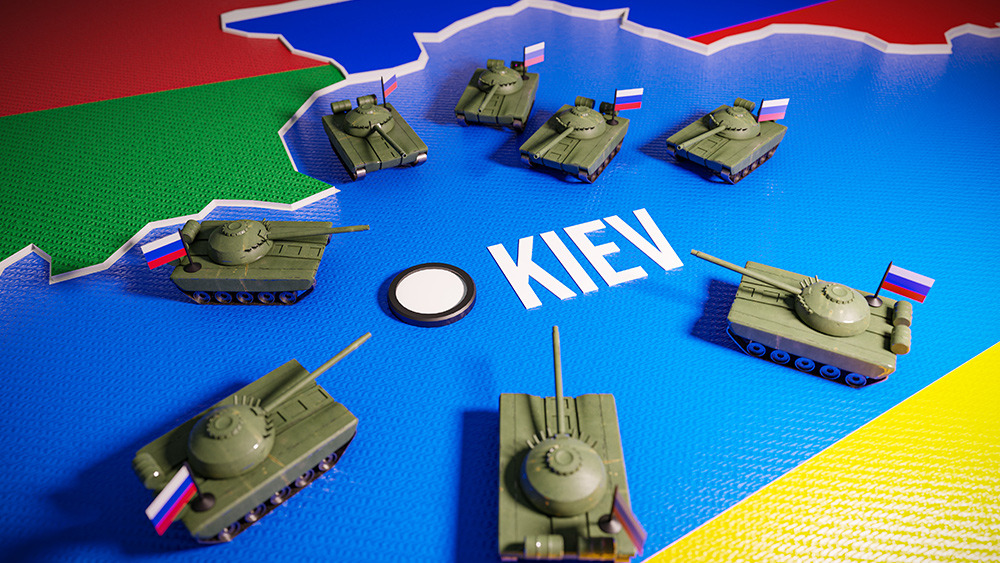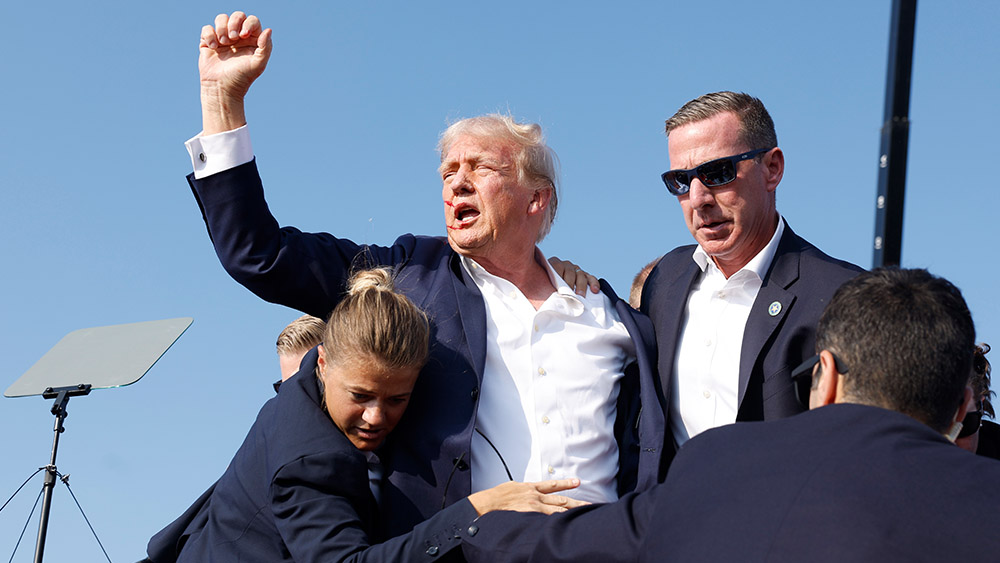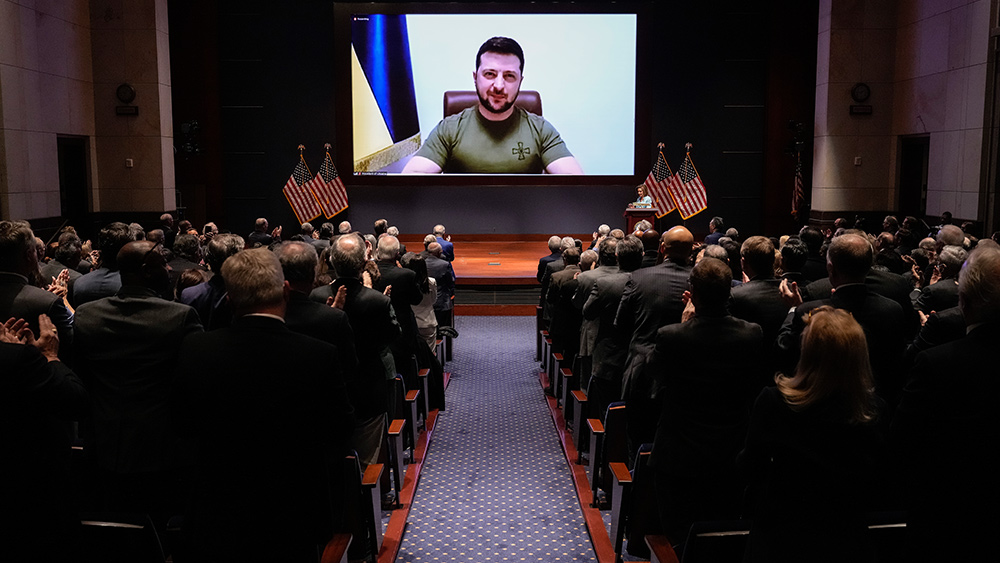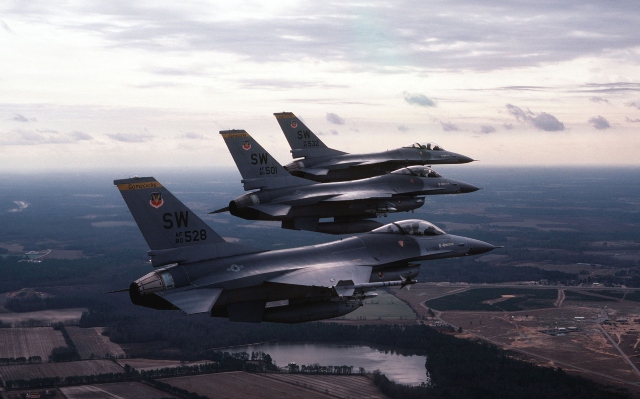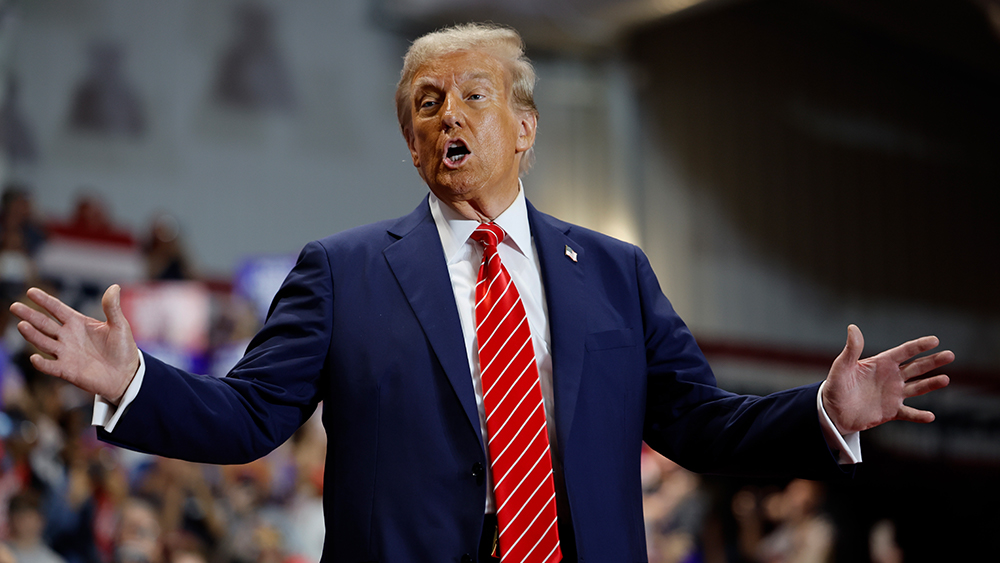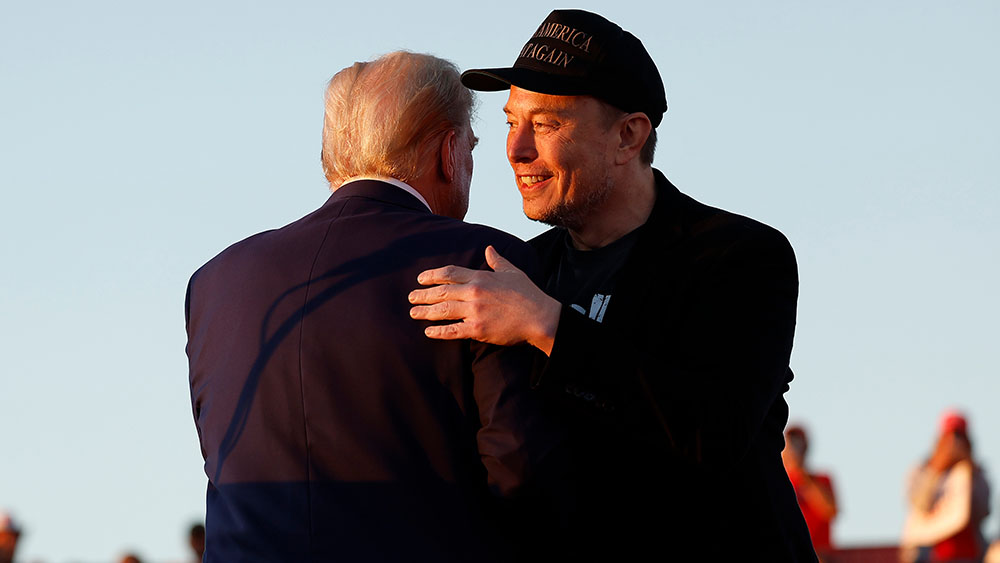Russia and Iran forge 20-year defense and energy pact, challenging Western influence
01/20/2025 / By Kevin Hughes
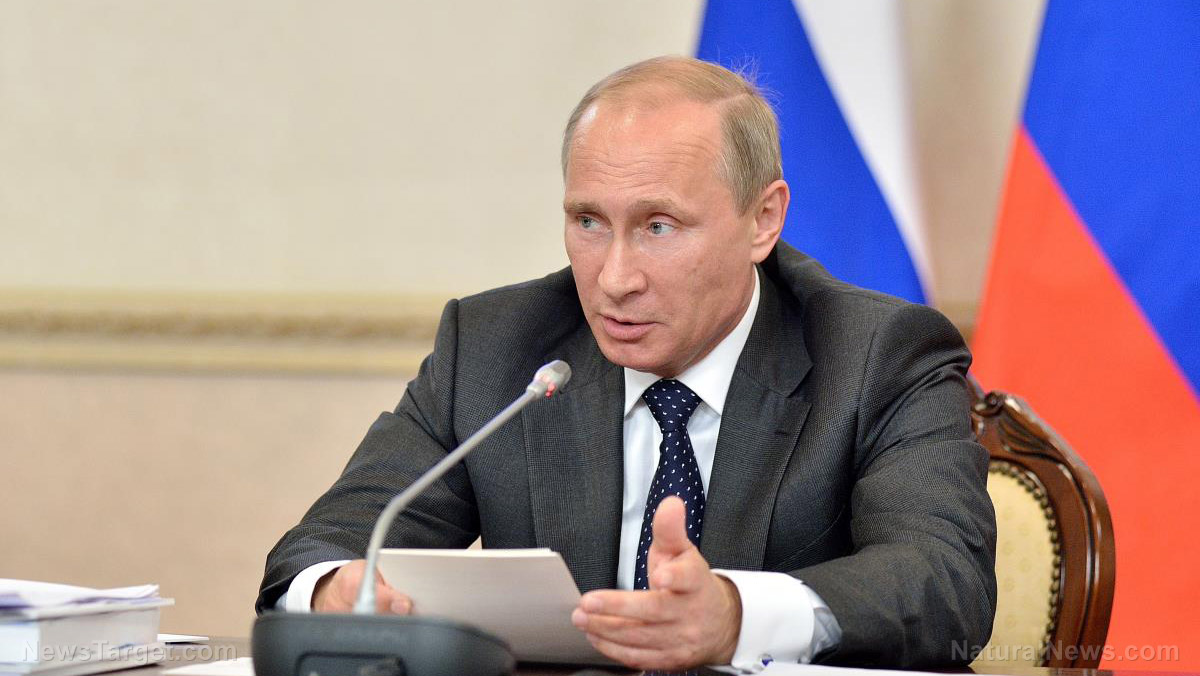
- Russian President Vladimir Putin and Iranian President Masoud Pezeshkian signed a 20-year Comprehensive Strategic Partnership Treaty on January 17, solidifying military, economic and energy ties to counterbalance Western influence.
- The pact aims to reduce reliance on Western financial systems by linking national payment systems, with over 95 percent of bilateral trade conducted in Russian rubles and Iranian rials, addressing sanctions imposed on both nations.
- The treaty emphasizes defense cooperation, including the use of Iranian-made drones in Russia’s war in Ukraine and the establishment of a drone production facility in Russia, though it lacks a mutual defense clause.
- The agreement reflects Russia and Iran’s shared goal of challenging Western dominance, with Russia also strengthening ties with other U.S.-adversarial nations like North Korea and Belarus.
- While the treaty strengthens Iran’s position amid economic and regional challenges, Russia must balance its relationships with other Middle Eastern powers like Saudi Arabia and the UAE, complicating its role as a regional mediator.
In a move that underscores their shared defiance of Western sanctions and geopolitical isolation, Russian President Vladimir Putin and Iranian President Masoud Pezeshkian signed a sweeping 20-year strategic partnership treaty on Friday, January 17, at the Kremlin.
The agreement, dubbed the Comprehensive Strategic Partnership Treaty, solidifies military, economic and energy ties between the two nations, marking a significant escalation in their efforts to counterbalance United States and European influence.
Signed just three days before the inauguration of President Donald Trump, the pact signals Moscow and Tehran’s intent to deepen their alliance amid ongoing conflicts in Ukraine and the Middle East.
The treaty, which covers defense, counterterrorism, energy, finance and cultural cooperation, is being hailed by both leaders as a “real breakthrough” that will foster regional stability and economic growth. However, Western analysts warn that the agreement could further destabilize global security, particularly as Russia and Iran continue to collaborate on military technologies, including drones and ballistic missiles.
A strategic alliance against Western sanctions
The partnership between Russia and Iran is not new, but the 20-year pact formalizes and expands their cooperation in unprecedented ways. Both nations have faced crippling U.S. and European Union sanctions — Russia for its invasion of Ukraine and Iran for its nuclear program and support of militant groups in the Middle East. The treaty aims to reduce their reliance on Western financial systems by linking their national payment systems, with over 95 percent of bilateral trade already conducted in Russian rubles and Iranian rials.
“Our countries firmly uphold the principles of the supremacy of international law, the sovereignty of states, and non-interference in the internal affairs of other countries,” Putin declared during a joint press conference with Pezeshkian. The Iranian president echoed this sentiment, calling the treaty a “new chapter of strategic relations” that will enhance trade and security cooperation.
The defense component of the agreement is particularly significant. Russia has relied heavily on Iranian-made Shahed kamikaze drones in its war against Ukraine, and Tehran has reportedly established a major drone production facility on Russian soil. While the treaty does not include a mutual defense clause, it commits both nations to refrain from aiding any aggressor against the other. (Related: Russia sends powerful vaunted missile systems to Iran for Middle East war.)
Regional and global implications
The timing of the treaty’s signing is noteworthy, coming just days before Trump’s return to the U.S. political stage. While Kremlin spokesman Dmitry Peskov denied any connection to the inauguration, the agreement underscores Moscow and Tehran’s shared goal of challenging what they describe as Western “unipolarity and hegemony.”
The pact also reflects Russia’s broader strategy of forging alliances with nations hostile to the U.S., including North Korea and Belarus. In June 2023, Russia signed a partnership agreement with North Korea, and in December, it formalized a security treaty with Belarus that included the deployment of Russian tactical nuclear weapons.
For Iran, the treaty is a lifeline amid mounting domestic and regional challenges. The fall of Syrian President Bashar al-Assad, a key ally, has weakened Tehran’s influence in the Middle East, while U.S. sanctions have crippled its economy. The agreement with Russia offers Iran a pathway to economic recovery through energy cooperation, including the potential construction of a gas pipeline linking the Caspian Sea to the Persian Gulf.
A balancing act in the Middle East
Despite their growing alliance, Russia and Iran face complex dynamics in the Middle East. Moscow must navigate its relationships with other regional powers, including Saudi Arabia and the United Arab Emirates (UAE), which are critical to global oil markets. Russia’s recent agreements with the UAE, which question Iran’s sovereignty over strategic islands in the Strait of Hormuz, highlight the delicate balancing act Moscow must maintain.
Iranian leaders, however, view the treaty as a turning point. “This is not just a political agreement; it’s the road map to the future,” wrote Iranian Foreign Minister Abbas Araghchi on Telegram.
A new geopolitical reality
The 20-year pact between Russia and Iran represents a significant shift in global geopolitics, as two sanctioned nations unite to challenge Western dominance. While the agreement formalizes existing cooperation, its long-term implications are profound, particularly in the realms of defense, energy and regional security.
As the war in Ukraine drags on and tensions in the Middle East escalate, the Russia-Iran alliance could further complicate efforts to achieve stability in both regions. For now, the treaty stands as a testament to the growing alignment of nations seeking to reshape the global order—a move that will undoubtedly draw scrutiny and pushback from the West.
“The agreements we reached today are another stimulus when it comes to the creation of a multi-polar world,” Pezeshkian said, encapsulating the shared vision of Moscow and Tehran. Whether this vision leads to greater stability or further conflict remains to be seen.
Follow RussiaReport.news for more news about Russia’s foreign relations.
Watch the video below about Russia and Iran signing the Comprehensive Strategic Partnership Agreement.
This video is from the Cynthia’s Pursuit of Truth channel on Brighteon.com.
More related stories:
Russia and China reaffirm their “no limit” partnership amid rising tensions with the West.
Putin to showcase Russia’s global alliances at BRICS summit.
Sources include:
Submit a correction >>
Tagged Under:
Belarus, big government, chaos, conspiracy, Dangerous, economic riot, Iran, Kremlin, Masoud Pezeshkian, Middle East, military tech, Moscow, national defense, national security, North Korea, Russia, Tehran, UAE, US, US sanctions, Vladimir Putin, weapons technology, World War III
This article may contain statements that reflect the opinion of the author
RECENT NEWS & ARTICLES
COPYRIGHT © 2017 NATIONAL SECURITY NEWS


